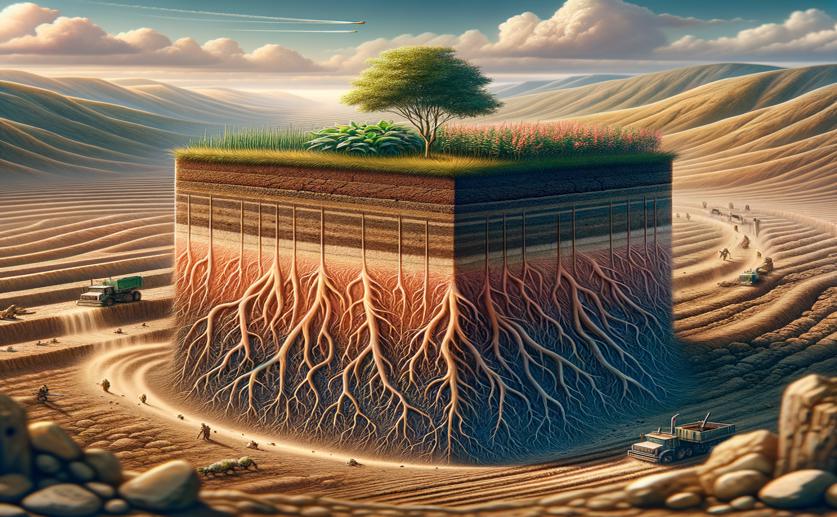
Evaluating How Conservation Helps Reduce Soil Erosion
Jenn Hoskins
14th March, 2024

Image Source: Natural Science News, 2024
Key Findings
- In Brazil's Minas Gerais, a study found ways to reduce soil erosion using the InVEST software
- Soil conservation practices could lower soil loss from 2.75 to 2.23 tons per hectare annually
- Reforestation and preserving water-adjacent forests further decrease soil loss and sediment export
AgricultureEnvironmentSustainability
References
Main Study
1) Assessment of the impact of conservation measures by modeling soil loss in Minas Gerais, Brazil.
Published 12th March, 2024
https://doi.org/10.1007/s10661-024-12509-1
Related Studies
2) Spatiotemporal dynamics of soil loss and sediment export in Upper Bilate River Catchment (UBRC), Central Rift Valley of Ethiopia.
3) Assessment of current and future land use/cover changes in soil erosion in the Rio da Prata basin (Brazil).
4) Ecosystem service trade-offs and spatial non-stationary responses to influencing factors in the Loess hilly-gully region: Lanzhou City, China.
5) May agricultural terraces induce gully erosion? A case study from the Black Soil Region of Northeast China.



 21st February, 2024 | Jim Crocker
21st February, 2024 | Jim Crocker